Disclosure: This article contains affiliate links. We may earn a commission from purchases at no extra cost to you, which helps our travel content.
When my UX design work brought me to Manila last month, I expected the usual Southeast Asian megacity experience. Instead, I discovered a fascinating collision of Spanish colonial history, indigenous Filipino healing traditions, and unexpected pockets of tranquility amid the urban chaos. As someone who's spent decades exploring the intersection of traditional knowledge and modern life, Manila revealed itself as a perfect laboratory for this pursuit—especially when guided by local friends who showed me the city beyond the guidebook pages.
Intramuros: Where History Breathes Through Ancient Walls
Walking through the massive stone gates of Intramuros feels like stepping through a portal to colonial Spain, yet with distinctly Filipino energy pulsing through its veins. My local friend Carlos guided me through the 64-hectare walled city at dawn—the perfect time to avoid both crowds and the punishing midday heat.
San Agustin Church, the oldest stone church in the Philippines, became our first stop. Beyond its baroque façade lies a museum housing artifacts that tell the story of how Catholicism and indigenous beliefs created a unique spiritual synthesis. Carlos explained how many Filipinos still practice hilot, traditional healing massage, alongside Catholic prayer—a perfect example of the cultural blending I find so fascinating.
For the best Intramuros experience, I highly recommend hiring a student guide from one of the nearby universities. My audio guide also provided excellent historical context, though nothing beats conversing with locals. For comfort during long walks on cobblestone streets, my walking sandals were lifesavers in Manila's humidity.

💡 Pro Tips
- Visit Intramuros at dawn (around 6-7am) to avoid crowds and heat
- The Bayleaf Hotel's roof deck offers the best panoramic view of Intramuros
- Many museums offer student discounts with valid ID
Quiapo: The Beating Heart of Folk Healing
Just north of Intramuros lies Quiapo, a district that immediately spoke to my interest in traditional medicine. The area surrounding Quiapo Church houses a fascinating ecosystem of folk healers and herbal medicine vendors. Here, Catholic faith and indigenous healing practices don't just coexist—they intertwine in fascinating ways.
On Fridays, the area swells with devotees coming to see the Black Nazarene, a dark wooden statue of Jesus believed to have healing powers. Outside, market stalls sell everything from medicinal herbs to amulets. My guide, Tita Lorna (a respected community elder), showed me how vendors prescribe specific herbal combinations for ailments ranging from diabetes to anxiety.
I purchased a small bundle of dried sambong leaves, traditionally used to treat kidney stones—something I'd battled years ago during my health crisis. The vendor carefully wrapped them and explained the proper preparation method. For documenting these encounters, my pocket notebook proved invaluable, especially when unexpected afternoon rain showers hit.
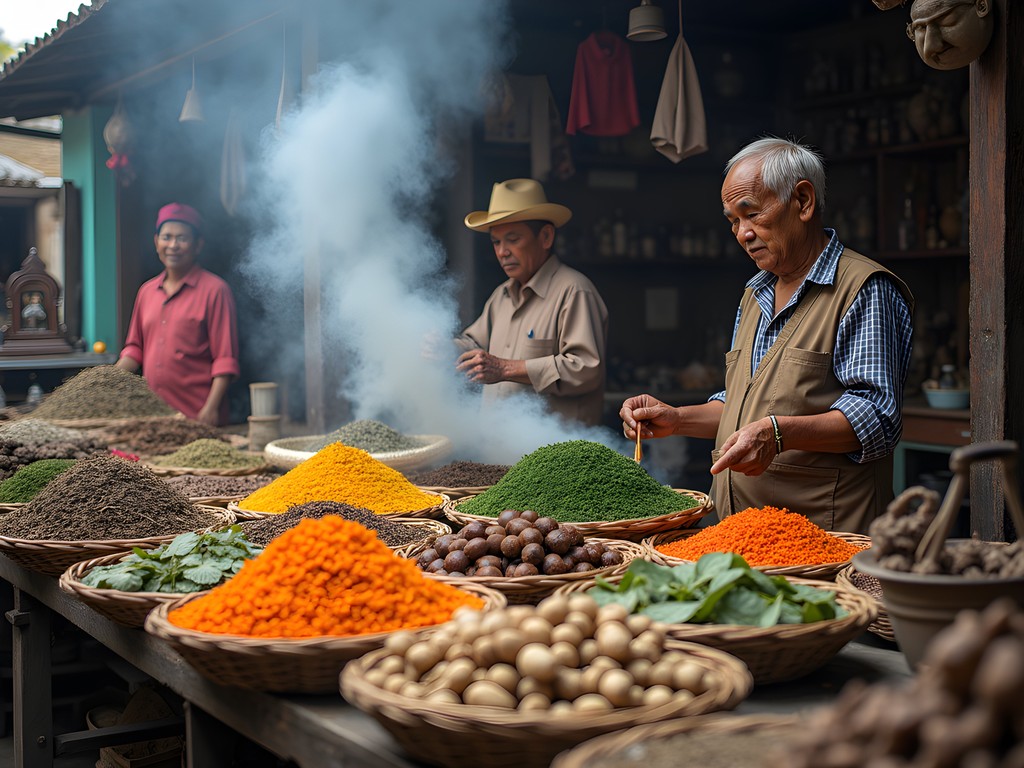
💡 Pro Tips
- Visit Quiapo on a Friday to see the full cultural experience, but be prepared for crowds
- Ask permission before photographing healers or their practices
- Keep small bills handy for purchasing herbs or consultations
Manila Observatory: Where Science Meets Tradition
My dual passion for healing traditions and astronomy led me to the Manila Observatory on the Ateneo de Manila University campus. Founded by Jesuit priests in 1865, it's one of Asia's oldest scientific institutions. What makes this place special is how it has historically bridged Western scientific methods with indigenous Filipino knowledge about weather patterns and celestial navigation.
Dr. Reyes, an astronomer who graciously showed me around, explained how local farmers' traditional weather prediction methods often aligned with the observatory's historical records. The facility houses vintage astronomical instruments alongside modern equipment, representing that beautiful dialogue between traditional knowledge and contemporary science that I've dedicated my blog to exploring.
For the visit, I brought my solar observation glasses which allowed me to safely observe the sun through their special telescope during daytime hours. The observatory isn't on most tourist itineraries, but arranging a visit through the university's science department is well worth the effort for anyone interested in astronomy or meteorology.
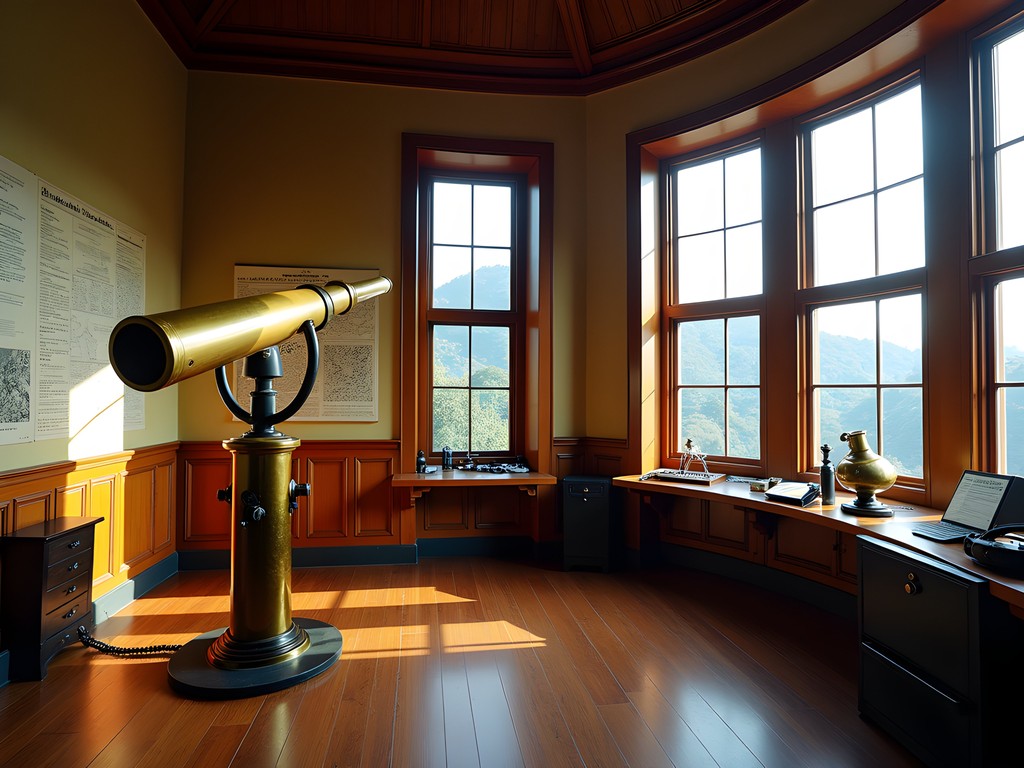
💡 Pro Tips
- Email the university at least two weeks in advance to arrange an observatory visit
- Combine with a tour of the beautiful Ateneo campus
- Visit on clear days for possible telescope viewing opportunities
Binondo: Ancient Healing in the World's Oldest Chinatown
Manila's Binondo district—established in 1594 and considered the world's oldest Chinatown—offers another fascinating layer to Manila's healing traditions. Here, Traditional Chinese Medicine (TCM) shops operate much as they have for centuries, with glass jars of herbs, roots, and dried animal parts lining wooden shelves.
My local friend Ming introduced me to Dr. Wu, a third-generation TCM practitioner who still uses pulse diagnosis techniques passed down from his grandfather. After checking my pulse points, he nodded knowingly about my past health issues—a moment that gave me goosebumps, considering I hadn't mentioned my medical history.
The narrow streets of Binondo also hide incredible culinary treasures. After our TCM exploration, Ming took me for lunch at Lan Zhou La Mien, where I watched in fascination as chefs hand-pulled noodles behind glass windows. The rich bone broth served there is considered medicinal by locals—particularly for respiratory health.
To navigate Binondo's maze-like streets comfortably, my cooling towel was essential in Manila's humidity. For carrying small purchases and staying hydrated, my sling bag proved perfect—large enough for essentials but small enough to navigate crowded market aisles.
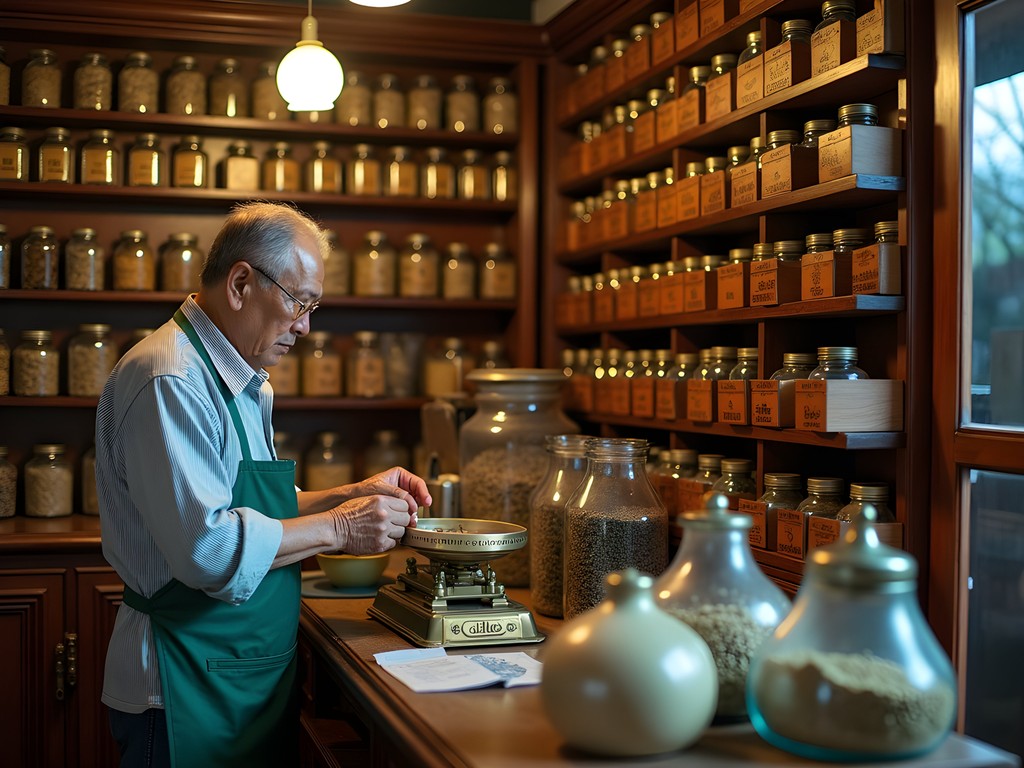
💡 Pro Tips
- Visit Ongpin Street for the highest concentration of traditional medicine shops
- Try a bowl of bone broth soup at Lan Zhou La Mien for an authentic healing food experience
- Learn basic Hokkien phrases to connect with older shop owners
Escaping the Urban Jungle: Hidden Green Spaces
Manila's reputation as a concrete jungle isn't entirely undeserved, but locals know where to find pockets of tranquility. La Mesa Eco Park, located at the edge of the city's watershed, became my unexpected favorite retreat. This 33-hectare park features a medicinal garden where plants are labeled with their traditional healing properties—a perfect intersection of my interests.
The park's butterfly garden hosts species I'd never seen before, including the stunning Magellan Birdwing. For capturing these delicate creatures, my macro lens attachment transformed my phone into a capable macro photography tool. The park charges a nominal entrance fee (around 80 pesos or $1.50), making it accessible for budget travelers.
Another hidden gem is the Arroceros Forest Park—Manila's last remaining forest—which local environmental activists saved from development. Walking through this 2.2-hectare urban forest with over 8,000 trees feels like discovering a secret dimension in the heart of the city. The small meditation area near the center became my morning ritual spot during my stay, where I'd practice breathing exercises before facing the day's urban adventures.
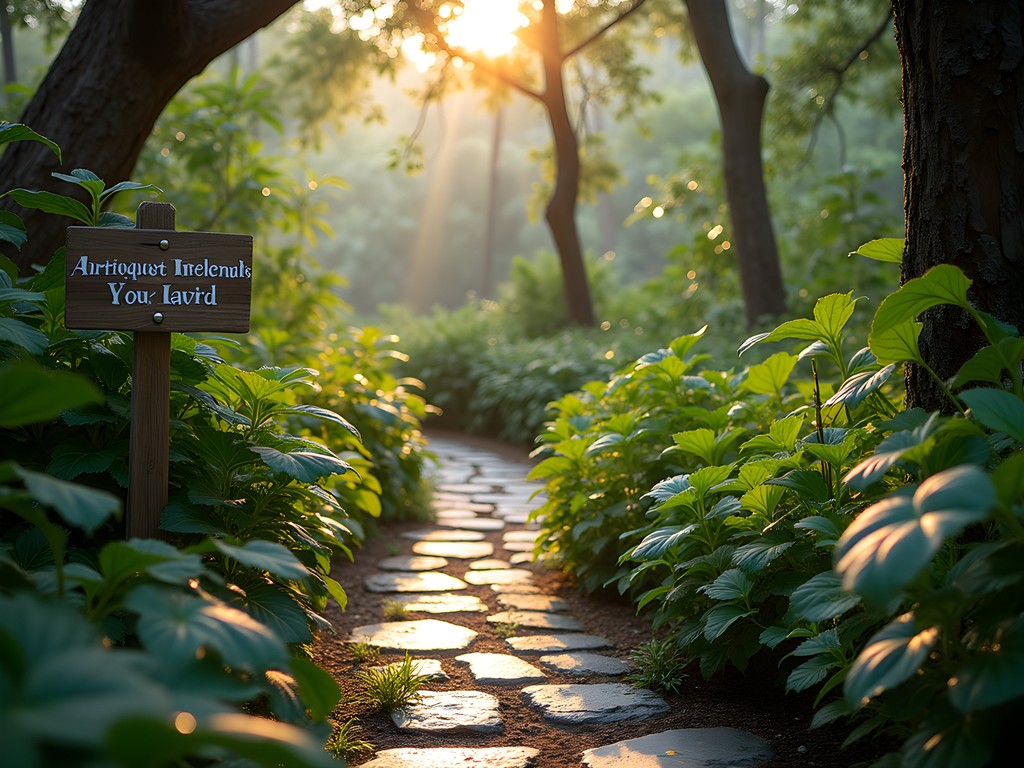
💡 Pro Tips
- Visit La Mesa Eco Park early on weekdays to have the medicinal garden almost to yourself
- Bring mosquito repellent for Arroceros Forest Park, especially during rainy season
- Both parks offer student discounts with valid ID
Final Thoughts
Manila revealed itself to me not just as a chaotic Asian megacity, but as a living laboratory where colonial history, indigenous knowledge, and modern urban life create something entirely unique. As someone who has spent years exploring how traditional wisdom and contemporary science can complement each other, I found Manila to be a perfect case study.
From the ancient walls of Intramuros to the pulse-reading TCM doctors of Binondo, Manila preserves layers of healing traditions that span continents and centuries. Yet it's the way these traditions continue to evolve and adapt—much like the city itself—that I found most inspiring.
For students exploring Manila on a budget, the city offers extraordinary educational value. Beyond the obvious historical sites, seek out the knowledge keepers—the herbalists, the astronomers, the elders who remember how things were done before modern medicine and technology. Their stories and practices contain wisdom that transcends cultural boundaries. Hanggang sa muli, Manila—until we meet again.
✨ Key Takeaways
- Manila's blend of Spanish, Chinese, and indigenous Filipino influences creates unique healing traditions worth exploring
- Budget travelers can access extraordinary cultural experiences through university connections and student discounts
- The best insights come from connecting with local knowledge keepers rather than following standard tourist routes
📋 Practical Information
Best Time to Visit
December-February (dry season)
Budget Estimate
$30-50/day including accommodations
Recommended Duration
5-7 days
Difficulty Level
Moderate
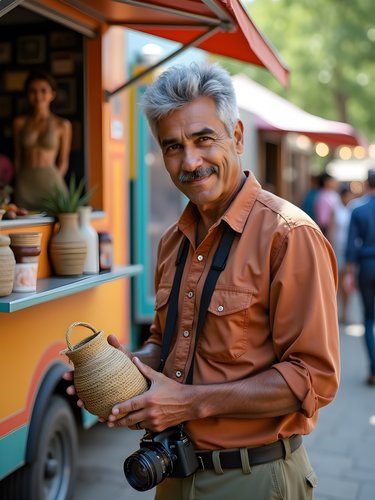



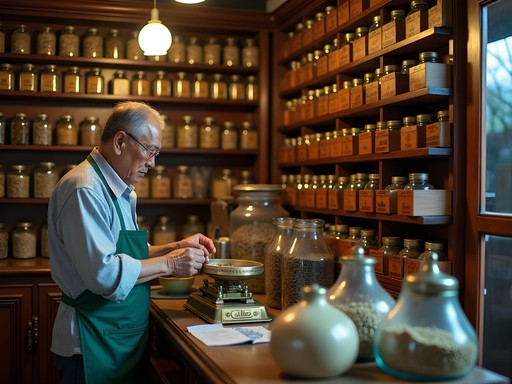
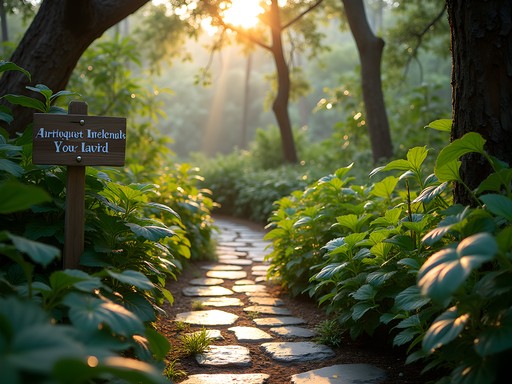


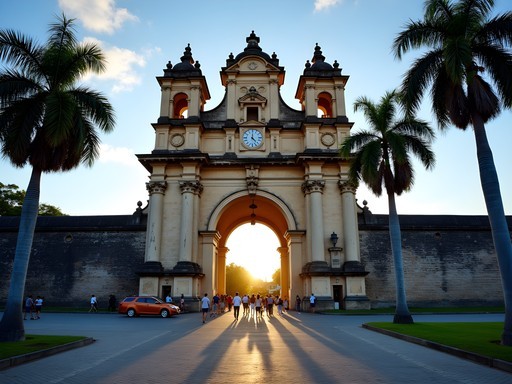
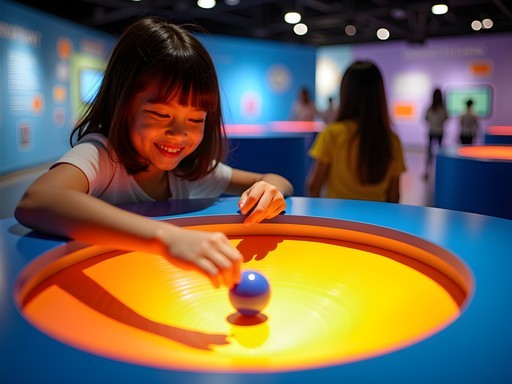


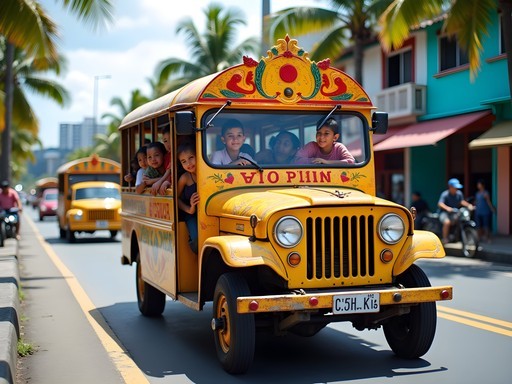
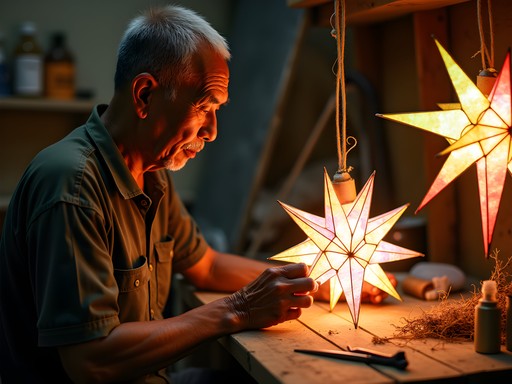
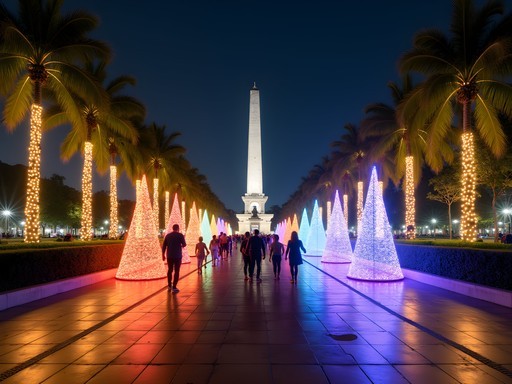
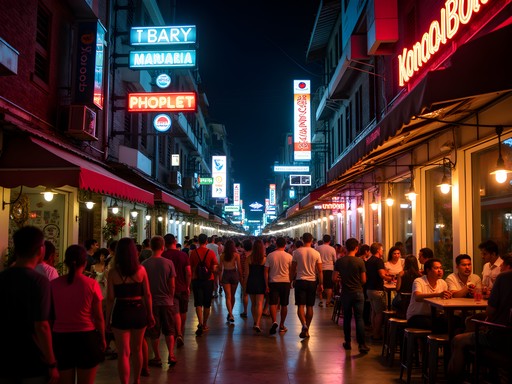
Comments
greengal7095
Just got back from Manila last week and followed your recommendation for Binondo! The tea house you mentioned was still there and absolutely amazing. We took a food tour through the district and I'm still dreaming about the lumpia and kuchay dumplings. One thing I'd add - we found this incredible hidden courtyard behind an old shop on Ongpin Street with a tiny temple. Sometimes the best discoveries are completely by accident! Thanks for inspiring our detour to Manila - it wasn't even on our original Philippines itinerary but ended up being a highlight.
bluevibes
If you're heading to Intramuros, go super early to avoid both the heat and crowds. We got there at 8am and had the place almost to ourselves for the first hour!
greengal7095
Great tip! We did the same and it made such a difference for photos without crowds.
adventureclimber
Love that shot of the herbal market in Quiapo! The colors are incredible. Did you try any of the traditional remedies?
Fatima Sims
This brought back so many memories of my Manila trip! I stayed in an Airbnb near Intramuros and spent days exploring those cobblestone streets. What really made my experience special was joining a sunset calesa ride around the walls - seeing the ancient fortress glow in the golden hour light was magical. One thing I'd add to your excellent guide: don't miss San Agustin Church's museum inside Intramuros - the collection of religious artifacts is mind-blowing. And for anyone heading there, I found my pocket guide invaluable for those spontaneous detours into tiny side streets. Zachary, did you make it to La Mesa Eco Park? It's this surprising green oasis that offers a complete contrast to the historical sites.
skyqueen
Is Binondo safe for solo female travelers? I'm thinking about going in November!
Fatima Sims
I went solo to Binondo last year and felt completely safe during daytime! Just take normal city precautions. The food tours there are amazing - try the lumpia from New Po-Heng!
skyqueen
Thanks Fatima! Definitely adding New Po-Heng to my list!
Megan Martin
Zachary, this is exactly the kind of perspective I've been looking for! I'm heading to Manila for a conference next month and was dreading the typical business hotel experience. Your insights on Intramuros are particularly valuable - I'm planning to extend my stay by a weekend now. Did you find hiring a local guide essential for Intramuros, or is it easy enough to navigate with a good map? Also, was the Manila Observatory easy to access as a foreign visitor?
Zachary Morales
Thanks Megan! I'd definitely recommend a guide for Intramuros - the stories make it come alive. I used Carlos from Manila Heritage Tours, super knowledgeable. The Observatory requires advance booking but it's worth it!
Megan Martin
Perfect, thanks for the tip about Carlos! Just booked him for my free day.
vacationone
Wow! I never thought of Manila as a historical treasure trove. Definitely adding Intramuros to my bucket list!
wanderchamp
Just got back from Manila and wish I'd read this before going! We did manage to explore Binondo though and the food was incredible. We took a food tour with Ivan Man Dy's Old Manila Walks and it was the highlight of our trip. If anyone's heading there, make sure you pack good walking shoes and a portable fan - Manila's humidity is no joke!
Hunter Thompson
Old Manila Walks is brilliant! Did you try the lumpia in Binondo? Absolute game changer!
wanderchamp
YES! The lumpia was incredible. Also had amazing hopia and this soup called maki - I'm still dreaming about it!
moonpro
Been to Manila 3 times and never knew about the Manila Observatory. Thanks for the tip!
springstar
Your photos are stunning! I never thought of Manila as a destination but you've completely changed my mind. Definitely adding this to my bucket list!
Venture X
Premium card with 2X miles, $300 travel credit, Priority Pass